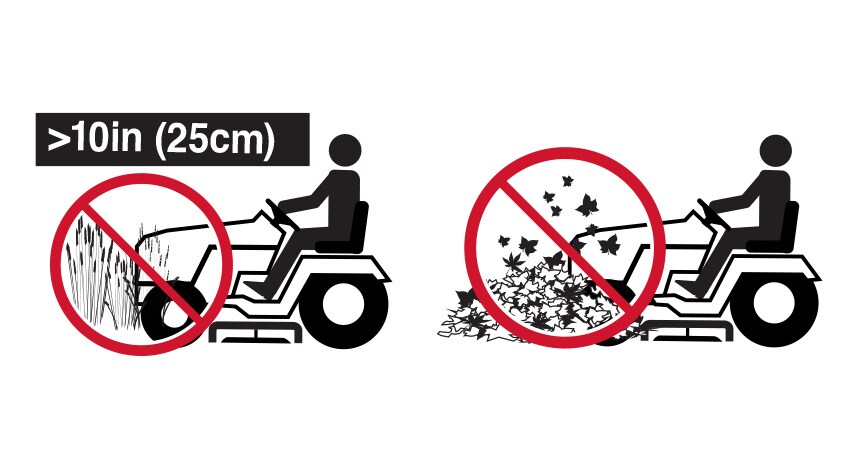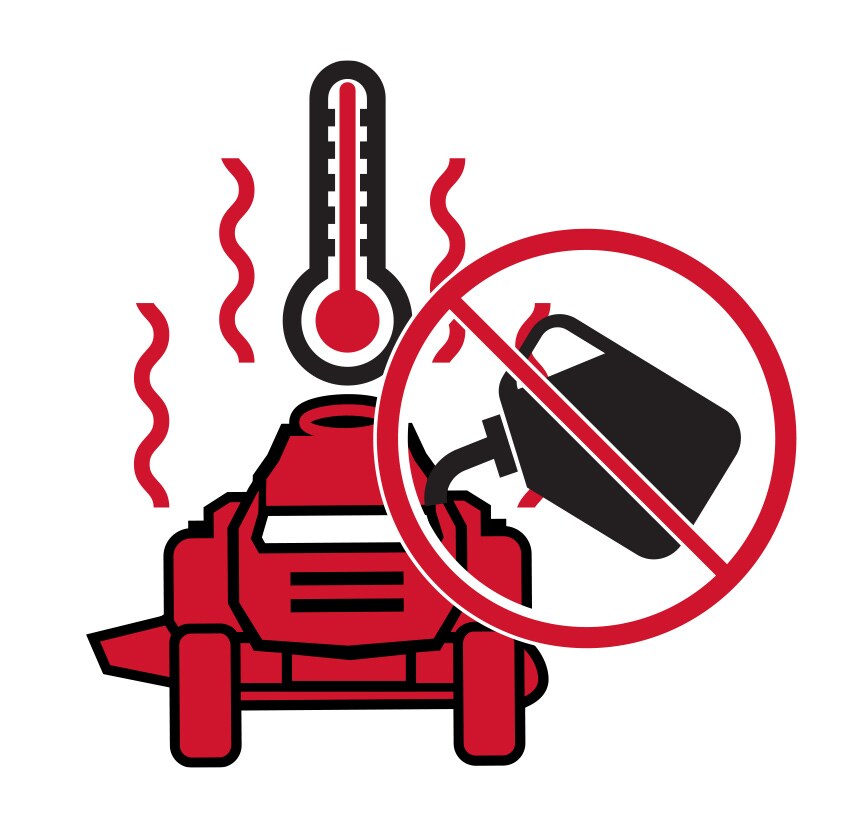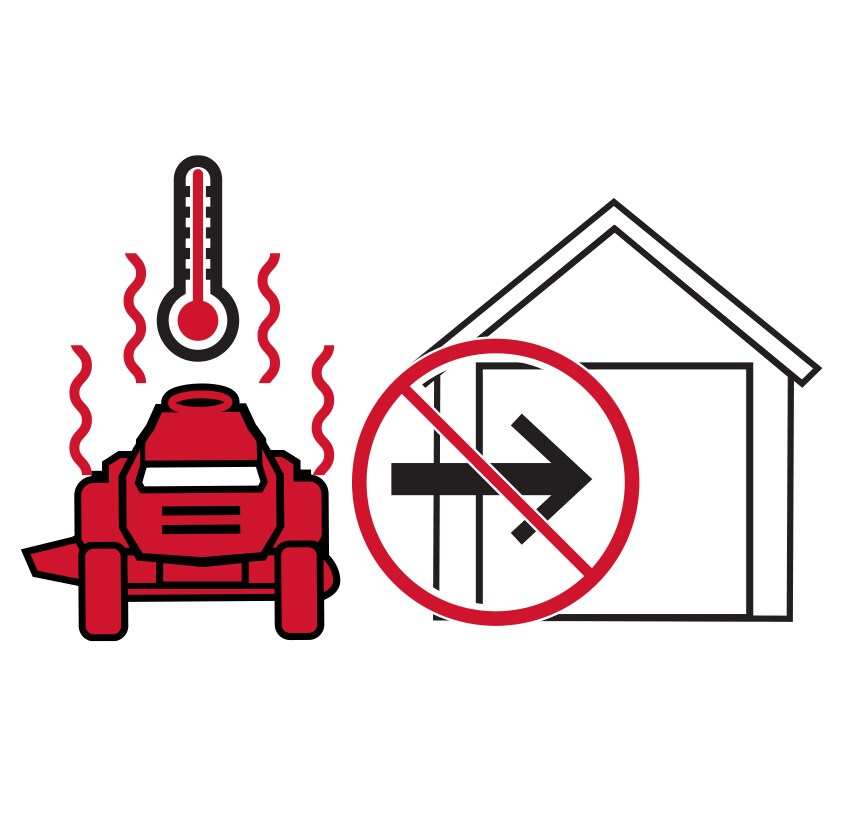Safe Handling of Gasoline
To avoid personal injury or property damage, operators should use extreme care in handling gasoline. Gasoline is extremely flammable, and the vapors are explosive. Serious personal injury and/or ignition can occur when gasoline is spilled.
- When adding fuel, turn engine OFF and let engine cool at least 5 minutes before removing the fuel cap.
- Fill fuel tank outdoors or in a well-ventilated area.
- Use only an approved fuel container.
- Do not overfill the fuel tank. Fill tank to full as indicated by the fuel level indicator to allow space for fuel expansion. On some models, a fuel level indicator may NOT be present. In this instance, fill the tank no more than 1/2 inch below the bottom of the filler neck to allow space for fuel expansion.
- If fuel is spilled, wipe it off the engine and the equipment. Move equipment to another area and wait five minutes before starting the engine. Wash skin and change clothes immediately if spilled on.
- To reduce fire hazards, keep the engine and equipment free of grass, leaves or other debris buildup. Clean oil or fuel spillage and remove any fuel-soaked debris immediately.
- Extinguish all cigarettes, cigars, pipes and other sources of ignition around equipment.
- When starting the engine, make sure spark plug, spark plug wire and fuel cap are in place and securely fastened.


